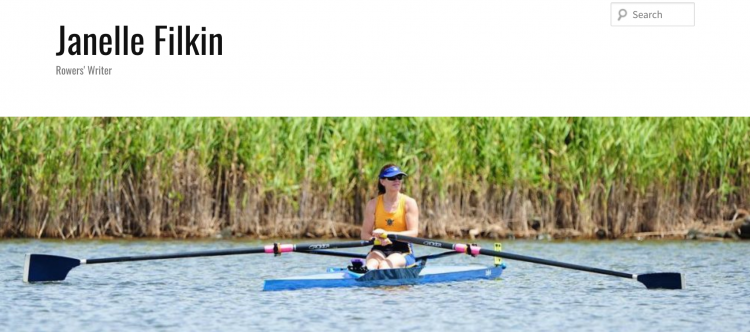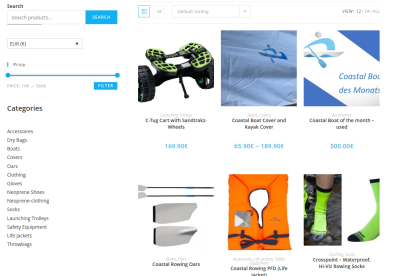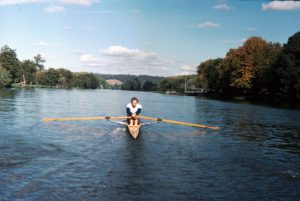From our Technique Exploded series the Catch article netted some comments including this one from Australia
Hi, Rebecca. I love the bike wheel analogy; propelling the wheel too slowly (putting your oar in) with your fingers and, I suspect, you would feel a slight jarring and burn.
As you pointed out, a poorly timed catch will slow the boat down, either through missed water or a messy catch that will rock the boat and cause oars to go too deep or drag.
In some training sessions, crew members complain they feel rushed at the catch. Often, those who complain are too slow in their catch preparation–they aren’t squared in time.
We look at how the rower is turning the oar with their inside hand. Are they following the arc of the oar and turning out, or are they turning down (which can pause the oar in its trajectory or slightly “sky” it)?
Once we’ve mastered that, I like to incorporate early square exercises in our warm-up. You know the old hands away, body over, 1/4 slide, 1/2 slide, etc square blade drill? I like to alter that to start with square blade hands away, then change to feathered hands away. Squared body rock, then switch to feathered body rock. Squared 1/4 slide, feathered 1/4 slide. Keep alternating like that through to full-slide. We find feathering on those shorter strokes makes them do it earlier in the full-slide strokes.
Do you have any opinions on those exercises or do you have other methods of improving catch preparation?

Janelle – you are spot on here. All those drills are a great way to practice early preparation and squaring for the catch.
Other drills for preparation include getting the crew to place the oar in the water in time with when their seat changes direction.
- If you are doing sweep rowing – get them rowing square blades (half the crew sit the boat).
- Then take the inside hand off the oar handle and hold the back of your seat behind you. This allows the rower to feel the change of direction on the slide.
- Then tell them to time the placement into the water off the seat….. see if they can do it square blades first.
- Then allow them to put both hands on the oar and stay square blades – can they time the catch accurately?
- And lastly move to feathering. At this point many work out how early they need to square in order not to be slow placing the blade.
If you can video them doing the drill from square off the boat – that will demonstrate to them how much they improve.








This Post Has 2 Comments
Could you target this for singles sculling?
Charlotte – yes I’m sure you could do this. My favourite no-rush drill is one I call “Jelly Legs”
It’s detailed in this blog article on Tips to Improve the Recovery